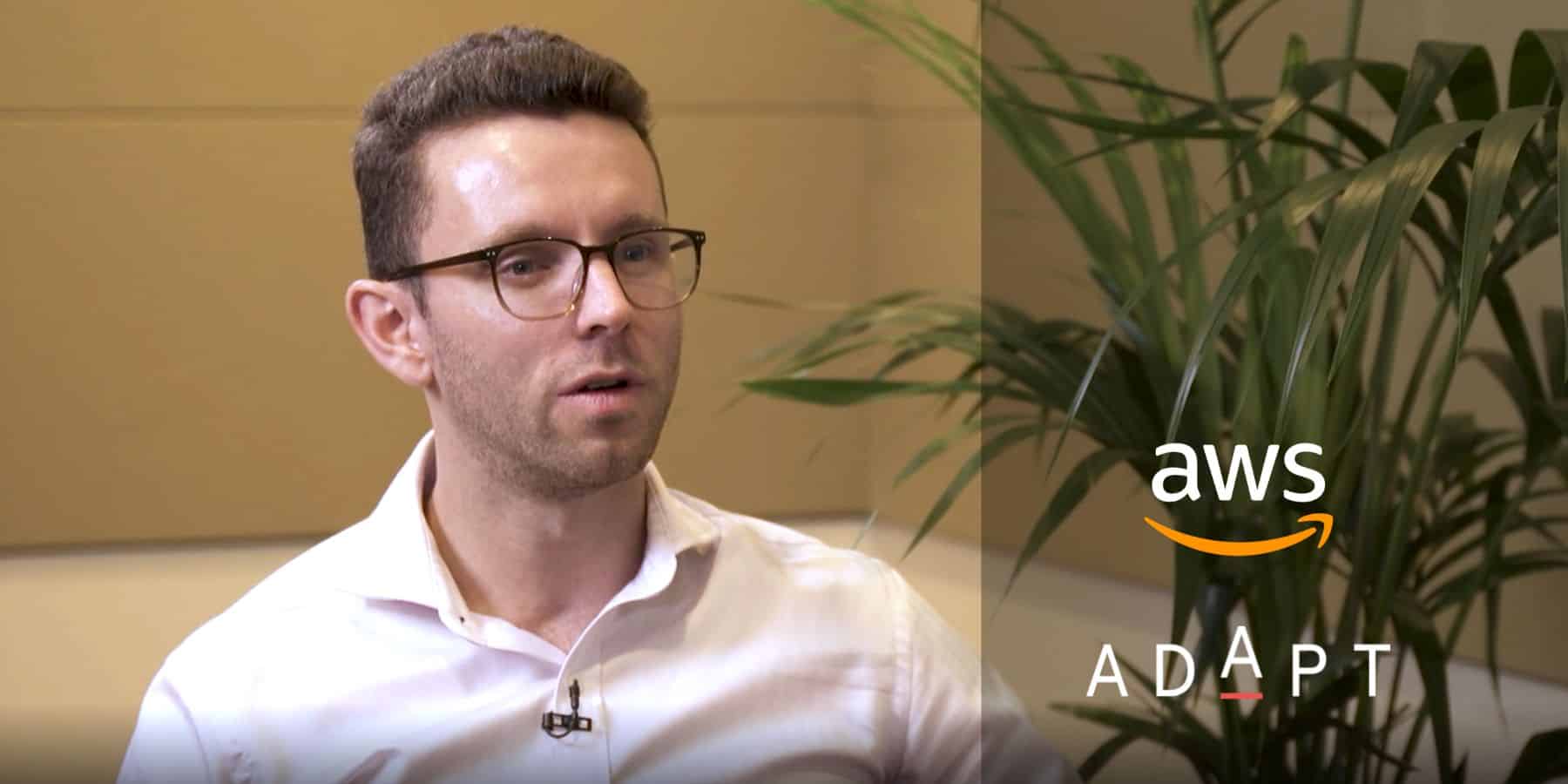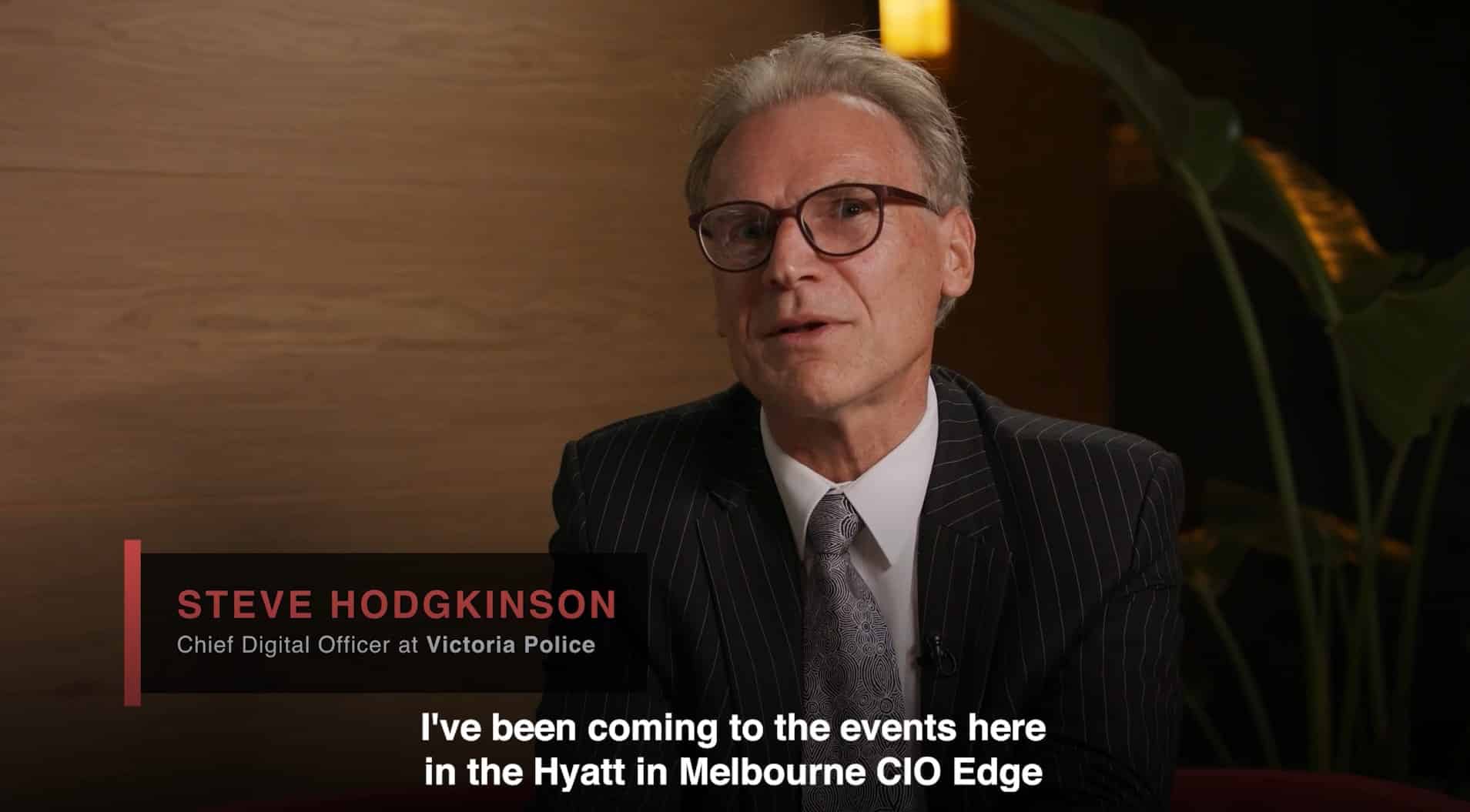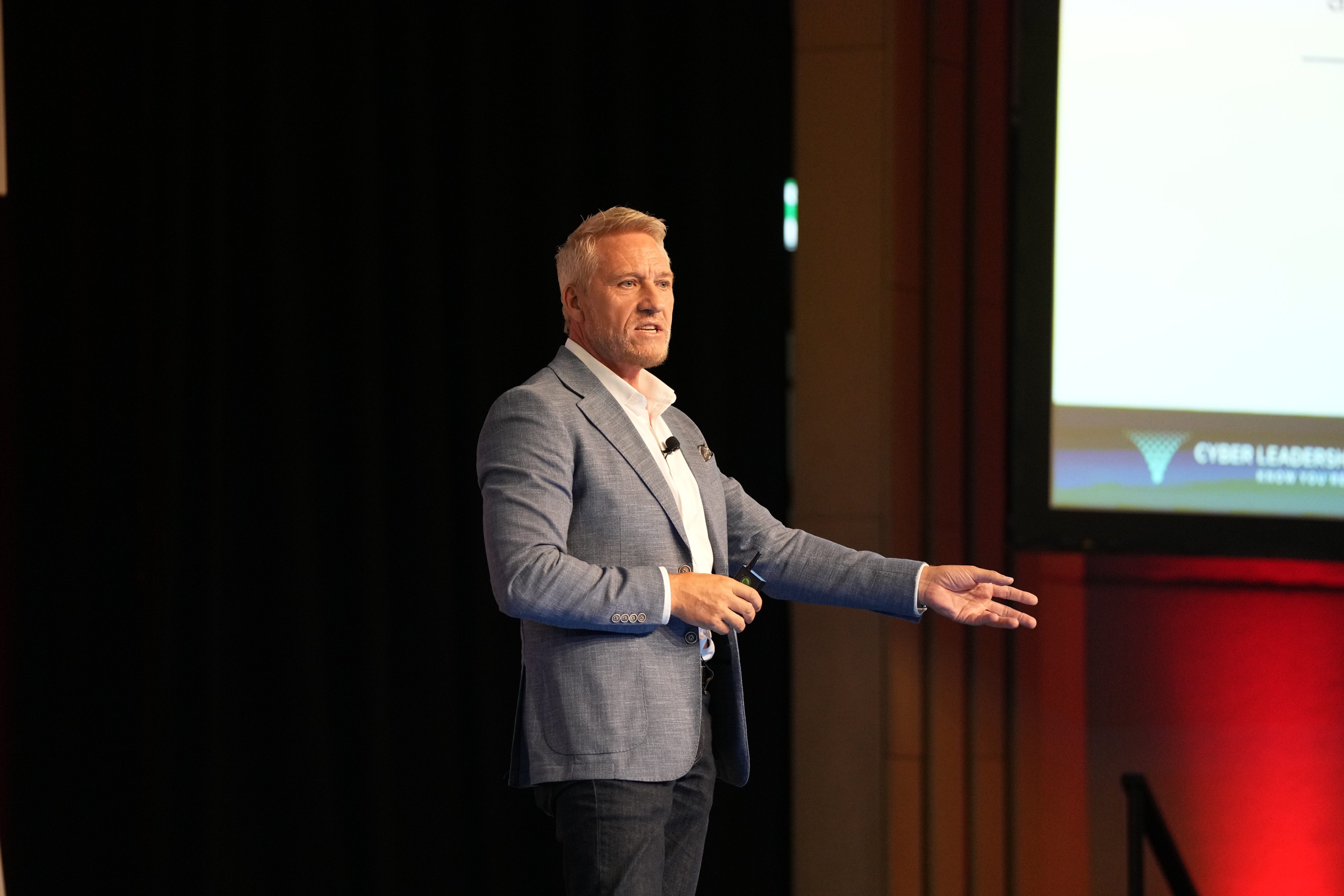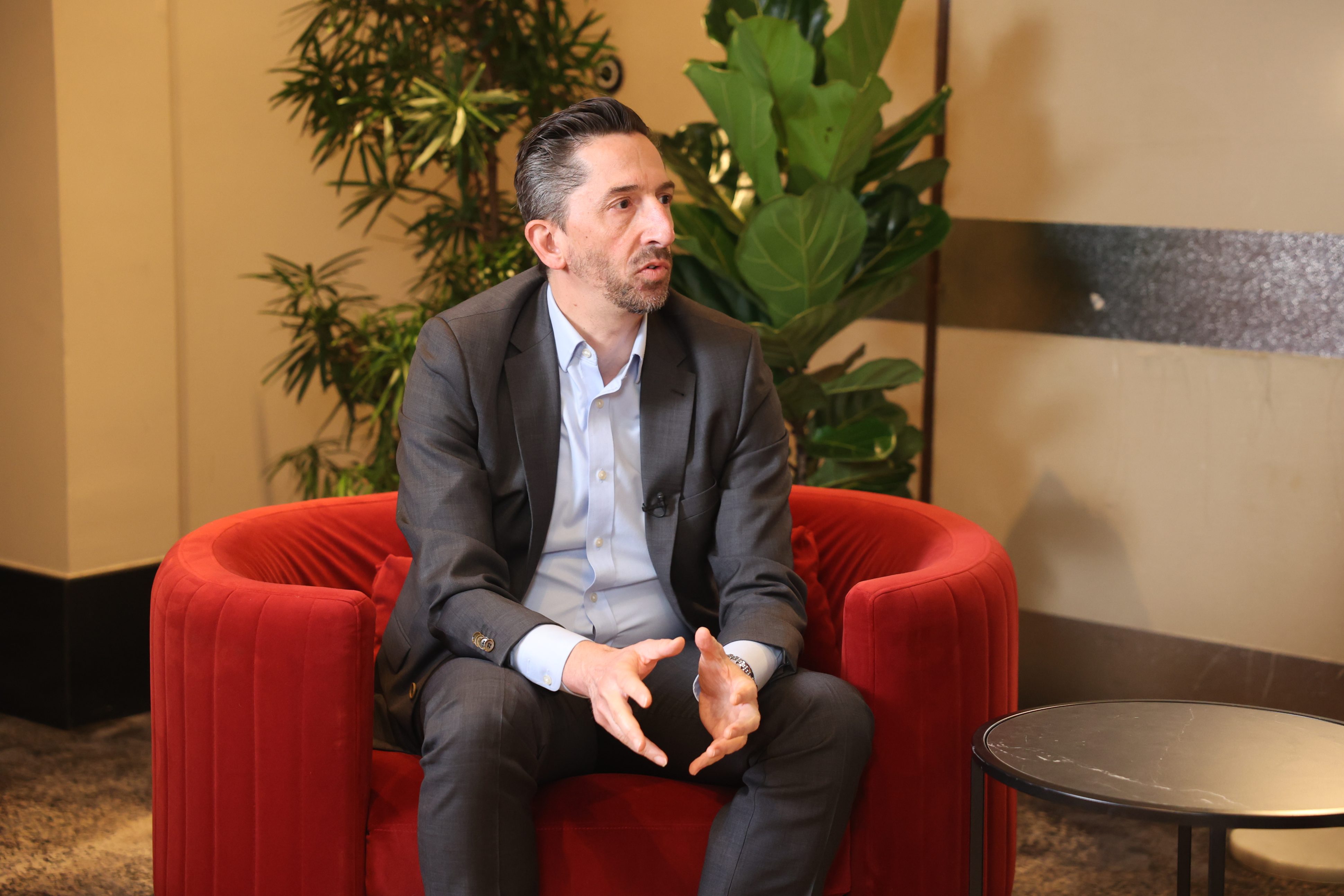In his Security Edge session, Darren Argyle, former Group Chief Information Security Risk Officer at Standard Chartered Bank, urged leaders to move from reaction to readiness.
The session emphasised that many cyber security failures stem from leadership gaps rather than technical shortcomings.
Boards and CEOs must transition from reactive responses to proactive readiness, yet many remain underprepared for the speed and scale of evolving risks.
He cited the Qantas breach as an example of punitive measures that reflect poor board education and governance.
He argued that cyber security leaders cannot drive cultural change alone.
CEO sponsorship, executive alignment, and influence are critical.
As AI adoption accelerates, this challenge intensifies.
ADAPT data shows that 62% of organisations operate with basic or minimal AI governance, only 3% have automated decision-making, and just 1% feel fully prepared to safely harness AI.
This leaves organisations exposed to poor data quality, unclear accountability, and shadow AI risks, even as 45% of digital leaders expect ROI within a year.
Darren stressed that soft skills: communication, influence, and stakeholder engagement are now as vital as technical expertise for earning confidence and credibility at senior levels.
A central concept of the discussion was the “flywheel effect”, where momentum for cultural change builds through influence and collaboration.
Darren urged CISOs to identify power brokers within the organisation, connect cyber outcomes to business goals, and use external authorities to reinforce credibility.
Crisis simulations, he said, are among the most effective ways to educate boards and expose decision-making weaknesses.
Leaders should focus on a concise set of essential controls that mitigate most threats, measure mean time to detect, respond, and recover, and use clear metrics to guide board discussions.
He advised developing consistent risk appetite statements, layered reporting, and structured pre-briefings to streamline decision-making.
Communicating through visuals and storytelling helps simplify complex risk topics, while adaptive testing and regulatory red-team exercises build resilience in practice, not just policy.
Embedding “secure by design” principles across systems and automating non-negotiable controls ensure security becomes inherent to how businesses operate.
For Darren, bridging the leadership gap means transforming technical mastery into strategic impact, making cyber security not only a board-level imperative but also a competitive advantage in an AI-driven economy.
Key takeaways
- Cyber security is a leadership challenge, not just a technical one: Boards and CEOs must move from reaction to readiness. Security leaders need influence, communication, and stakeholder engagement skills to drive change.
- Align security with business resilience: Protect critical services with a small set of high-impact controls, and report clear metrics on detection, response, and recovery to assure boards.
- Build momentum through influence and adaptive strategies: Use the “flywheel effect” to engage power brokers, leverage external credibility, and embed secure-by-design principles with automation, testing, and structured communication to make cyber a competitive advantage.





























